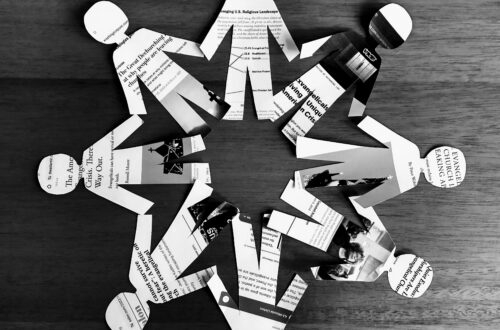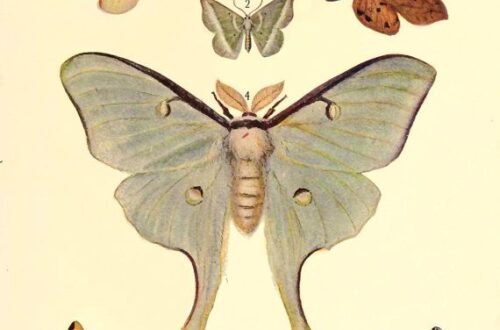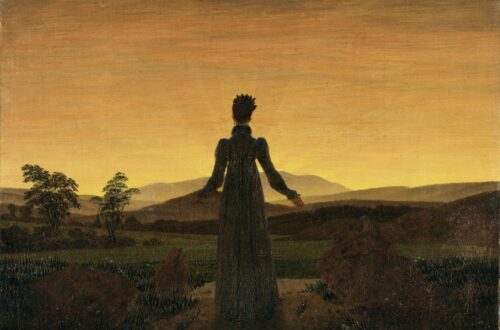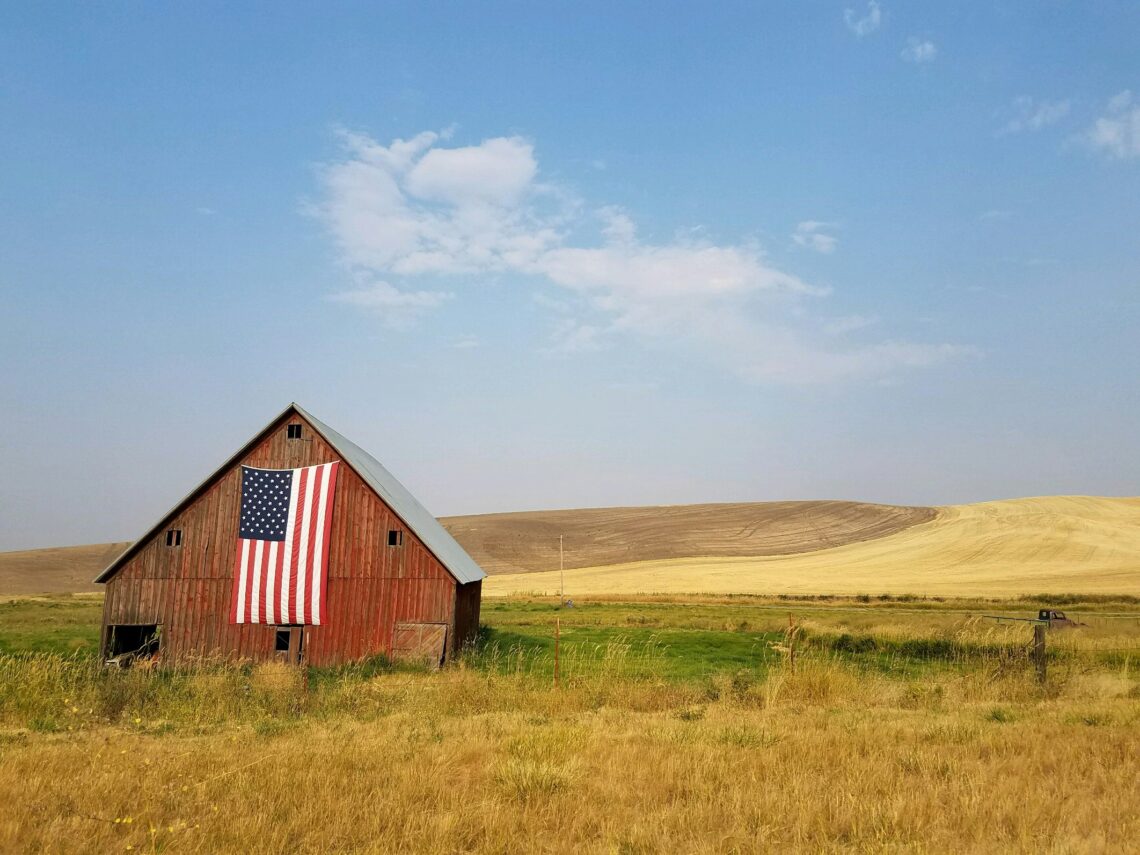
Baseball, Hotdogs, Apple Pie…
by Kevin Grauke
Photo by specphotops on Unsplash
This story isn’t mine to tell, but here I am telling it, and without even the courtesy of asking her permission. To dilute my guilt, I think of a mother’s blood, how it continues to pulse through the chambers of her child’s heart long after the umbilical cord, thick as a beefy thumb, has been severed. And since this is true of blood, maybe it’s true of stories, too, since nothing seems more vital within us than the stories we’ve absorbed from those whose blood courses through us. Both trickle down from the past.
A year after their marriage and two years before I was born, my parents planned to meet at noon after their morning classes on opposite ends of the campus. In less than a month, they would be moving to Dallas, fresh degrees in hand. With jobs already waiting for them, they had even signed a lease on an apartment. Soon, the true start of their grown-up life together as a couple would begin. Soon, they wanted to start a family. Running late from a psychology lab experiment, my mother was on her way out the doors of Batts Hall when a puff of dust kicked up on the sidewalk in front of her, followed by a loud crack, like a bullwhip. She retreated, unsure of what she’d just seen and heard. A second puff and a second crack soon followed.
On August 1, 1966, over a period of ninety-six minutes, a twenty-five-year-old architectural engineering student named Charles Joseph Whitman shot forty-seven people from the observation deck on the twenty-eighth floor of the clock tower at the center of the University of Texas campus in Austin, killing sixteen. At the time, it was the deadliest mass shooting in American history; this was because there had never been an event like this before. Before this moment, no American had ever set out to methodically kill as many strangers as possible, which is why his unprecedented actions eventually spurred the development of SWAT (Special Weapons and Tactics) teams across the country. As difficult as it is for us to imagine in 2024, such units had literally never been needed prior to this. Understandably enough, both the Associated Press and United Press International named this event the second-most important story of the year. The first was the Vietnam War, which had claimed the lives of 6,350 American servicemen since New Year’s Day.
Public television station KLRN interrupted its programming to warn viewers away from the area under attack, which spanned five city blocks. Because the studio was close to the tower, zoomed-in shots (still black and white at the time) of the observation deck were broadcast live. I know this because twelve minutes of footage survives and is available to watch online. Fittingly enough considering where we were headed as a nation, with killers regularly live-streaming massacres on social media platforms for the sake of their followers, KLRN’s reporting is believed to have been the first-ever live coverage of a breaking-news situation broadcast directly from the scene. Though Whitman never makes himself visible because of the gunfire the tower was receiving from Austinites who had retrieved rifles from the gun racks of their trucks (at the request of the Austin police, no less, which had no high-powered rifles), smoke from his weapon occasionally blooms from drain spouts in the limestone wall through which he was now taking aim. Watching this fifty-seven years later, I wonder if one of the shots I see then hit the sidewalk in front of my mother-still-to-be a second later.
We now see the Whitman shooting as the beginning—the origin story, you might say, of what has become one of the most American of all archetypes, the mass shooter. For the first time, a face emerged from the crowd with the intention of murdering the crowd. How fitting it was that our first, our Adam, was both a former Marine and an Eagle Scout, one who looked like nobody if not Barbie’s clean-cut boyfriend, Ken. All that was missing was his being the Longhorns’ quarterback, as well. Little did anyone know at the time that he’d be the first of many. In fact, in 1966, and for many years afterward, this atrocity was seen merely as a tragic aberration. After all, hadn’t medical examiners later found a tumor in his brain? Disturbed by his impulse to kill, Whitman himself had assumed there must be a physiological explanation. In the note he left behind on the stabbed body of his wife, he requested an autopsy be done, expressing his hope that some “visible physical disorder” to explain his “overwhelming violent impulses” might be found and understood, therefore possibly “prevent[ing] further tragedies of this type.” Further tragedies were not prevented, however, as we all know. Instead, they were triggered.
In Batts Hall, when my mother heard from nearby students that someone was shooting from the top of the tower, she assumed it was just somebody looking for attention. Lots of people had rifles in Austin, Texas, after all, and students were always playing pranks. She hoped he’d tire soon. When a student shouted that someone outside had just been shot, my mother thought, Doesn’t that guy realize he could really hurt someone? It wasn’t until a police officer slipped inside the building and announced that several people were dead that she realized whoever was up there wasn’t goofing off. Whoever was up there was actually trying to kill people. And out there somewhere, undoubtedly looking for her, was her husband, my not-yet father.
In the only extended piece of writing I’ve ever known her to do, my mother wrote about the terror of this summer day. She recounts listening to a radio in the windowless basement of Batts Hall and hearing an announcer, “in a tone like a carnival barker,” list the names of the killed and wounded who had been removed from the scene thanks to the bravery of classmates. To her great relief, my father’s name was not among them, but there were more bodies yet to be pulled to safety and identified. Her essay ends with her reuniting with my father after hearing the news that the sniper was dead, killed by an off-duty police officer who had cornered him on the observation tower. She titled her essay “Out of the Blue,” as this is how the experience felt to her, as if it had come from out of the blue of that hot August day’s beautiful Austin sky.
Such events no longer come out of the blue anymore, and their perpetrators are certainly far from aberrations. Brain tumors no longer provide possible explanations, either, nor do we expect them to. Just this morning, six miles from my home, four high-school students were shot in a drive-by (a term, by the way, that wouldn’t have made sense to anyone before the 1980s). This will make the local news, but it won’t be news. Yesterday, thirteen people were shot at a Walmart in Virginia. Seven died. Three days before that, twenty people were shot at a club in Colorado. Five died. Meanwhile, thousands of Americans will go to bed tonight not knowing that they’ll be dead within a year, shot and killed in both smaller and larger onslaughts. Currently, the deadliest mass shooting in national history took place at a music festival in Las Vegas. The assailant killed sixty and wounded more than four hundred in less time than it took Whitman to achieve his comparatively meagre totals. By the time you read this, however, this massacre may no longer be the worst. It’s been seven years, after all, and there’s nothing Americans love more than new champions, be they athletes or murderers. Whose quiet-but-nice-enough neighbor will take the bloody crown next, yours or mine?
Though still probably too young, I was eventually deemed old enough by my parents to hear the story of how each of them had feared the other might be one of the shapes lying motionless on the South Mall’s dead grass. One of those motionless shapes, I later learned from a 2016 article in Texas Monthly, had been a student named Claire Wilson, eight months pregnant and wounded. At Brackenridge Hospital, doctors performed a C-section. If her umbilical cord had still had a reason to convey blood, her child would be fifty-seven years old now.
Twenty-two years later, having followed in my parents’ collegiate footsteps, I regularly walked the grounds of this former crime scene myself. Because I too had classes that met in Batts Hall, I must have frequently stepped over, if not literally upon, the very spot a bullet meant for my mother had caromed. I don’t remember ever thinking about this at the time, though, probably because I had other things on my mind—classes, grades, graduation, jobs, adulthood. Besides, the past was the past. What did I care? What was important was today and tomorrow. Now, however, I find myself thinking about how tiny the spaces are that sometimes separate us from our possible futures. I think, too, about how close the dead can be to still living, as well as how close we, the living, have been—who knows how many times—to being dead instead. Had Claire Wilson’s anthropology class not ended early, had my mother not been running late from her psychology lab experiment . . .
A year or two after college, I discovered Kinky Friedman and The Texas Jewboys, a tongue-in-cheek country-rock band from the mid-seventies. Notorious for such songs as “They Don’t Make Jews Like Jesus Anymore” and “Get Your Biscuits in the Oven and Your Buns in the Bed,” Friedman, who had graduated from the university three months before the shooting, also recorded a tune called “The Ballad of Charles Whitman,” which I thought was morbidly hilarious. I especially appreciated its skewering of my home state’s incessant self-mythologizing (“Some were dying, some were weepin’ / Some were studying, some were sleepin’ / Some were shouting, ‘Texas number one!’”), as well as its observations on the inherent violence of American culture: “Most folks couldn’t figure just a-why he did it / And them that could would not admit it / There’s still a lot of Eagle Scouts around.” When I played it for my mother, who has always had an excellent sense of humor, she didn’t find it as funny or smart as I expected. I should have understood why, but it wasn’t until I got older that I really began to realize how little some painful memories fade in intensity, even after many years.
I have children of my own in college now, though not in Austin or anywhere else in Texas, which I’m grateful for because, on the fiftieth anniversary of the tower shooting, it became legal to carry firearms into any university building in the state. The timing, lawmakers said, was a coincidence. If so, it was an apt one, considering the complicity of so many state governments in the intensification of American gun culture. According to The Brady Center to Prevent Gun Violence, an average of 327 people are shot every day in the only country in the world where civilian-owned firearms outnumber citizens. Because this is the world my children grew up in, lockdown drills and metal detectors were just as commonplace at their high school as homework. When I tell them we didn’t have any of this in school when I was a kid, they can’t imagine their absence any easier than using a card catalogue at the library or a typewriter for writing essays. When in an actual lockdown because of an active shooter at the community college across the street, one of my children texted me. Rather than confessing his fear, as you might expect, he expressed relief at having been rescued from an imminent test. To him, it was no bigger deal than if someone had pulled a fire alarm. My daughter, meanwhile, started her school’s chapter of Students Demand Action, a national organization begun by student activists to address gun violence, the number one killer of young people such as themselves. Mass killings have never been shocking to this generation, have never come out of the blue in the way the first one did for my children’s grandmother. They’ve come to expect what never should have become expectable.
And then there’s me. I’ve never been in a lockdown. I’ve never been shot at. In fact, I don’t even belong to the 59% of American adults who have either experienced gun violence in their lifetime or know someone who has. But here I am talking about it, nonetheless, and that’s because stories such as these have become all of ours now, whether we regularly hear gunfire in the distance while we’re trying to fall asleep or not. These stories pulse through the veins of all of us now; they’re the very lifeblood of America.
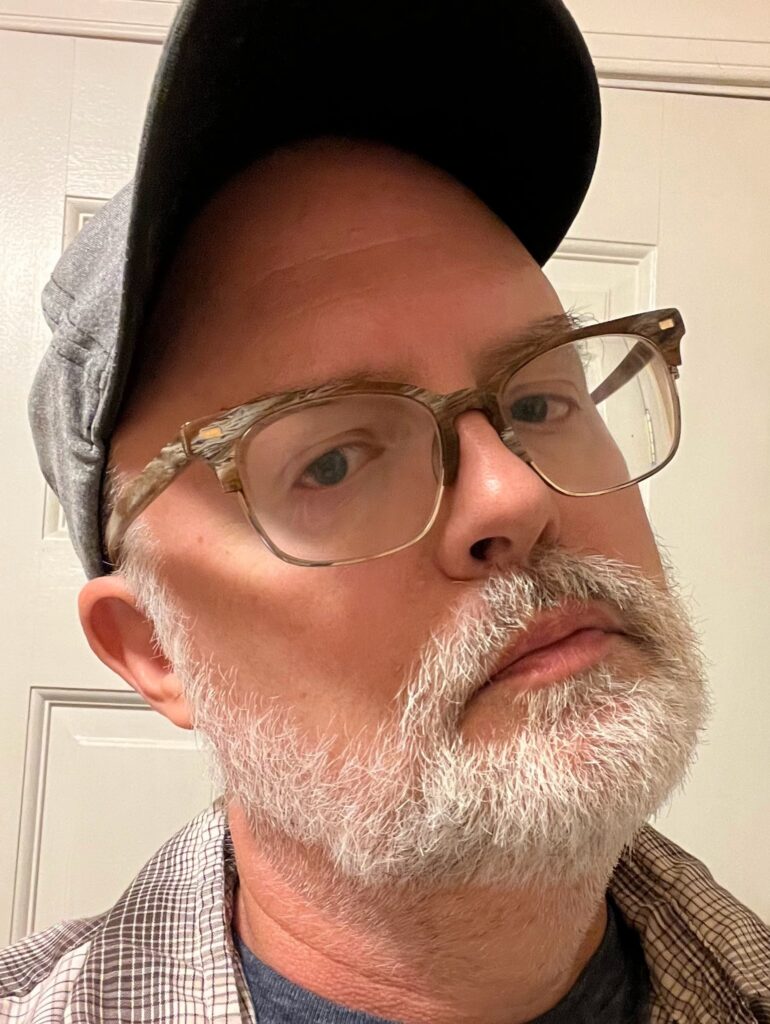
Kevin Grauke has published work in such places as The Threepenny Review, The Southern Review, Quarterly West, Ninth Letter, and Cimarron Review. He’s the author of the short story collection Shadows of Men (Queen’s Ferry Press), winner of the Steven Turner Award from the Texas Institute of Letters. He teaches at La Salle University and lives in Philadelphia.


